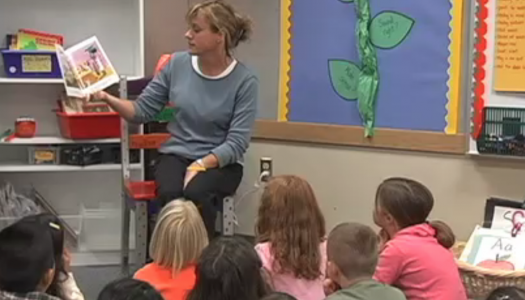Rehearse–Rewind–Reflect
Join Our Community
Access this resource now. Get up to three resources every month for free.
Choose from thousands of articles, lessons, guides, videos, and printables.
The president of the United States, the president of the PTA, and the president of the student council all have something in common. Since these speakers need to sound polished and professional, they rehearse a speech carefully before they share it with an audience.

Readers who read aloud rehearse too, because they want to engage their listeners with fluent reading. They take pride in using their voices to share the author's message. With practice, they can interpret characters' feelings with their voices. They can convey the mood an author created in a text by adjusting their reading speed, intonation, and volume. By paying attention to punctuation, they provide appropriate pauses after commas, and stops after periods and dashes. When they see an exclamation point, they know to demonstrate puzzlement, excitement, shock, or surprise. And when faced with a question mark, they make their voices rise.
In addition to using punctuation cues, students are expected to read with accuracy and expression, and at an appropriate rate, and to be able to regulate their understanding. Many children learn to read fluently, at least in part, because they are fortunate to hear frequent read-alouds from their teachers, parents, and other caregivers. But not all students have this advantage, and even those who do sometimes experience challenges with fluency.
Every classroom probably contains some readers whose goal is fluency. Here are some simple, yet effective, activities that teachers can offer to students for a fluency boost.






